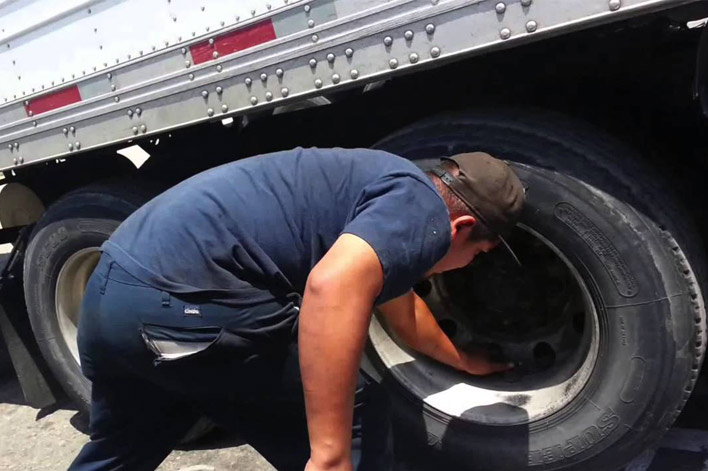


The commercial trucking industry is an essential cog in the machine that drives the United States of America. For example, about 8.9 million people have truck-related jobs; it is estimated that 15.5 million trucks are in operation in the United States on a given day; there are more than 3.5 million truck drivers in the U.S.; commercial trucks traverse as many as 432.9 billion miles a year; and commercial trucks carry almost 70 percent of all freight transported across the United States in one year.
Just as there are different styles of automobiles, there are also different types of trucks including:
According to the United States Department of Transportation, there are more than 500,000 truck accidents a year, which account for 2.4 percent of all vehicle accidents that occur in the country per year. More than 75 percent of truck-related accidents that occur each year are due to the driver of a passenger car and only about 16 percent are found to be the fault of the truck driver.
Still, the condition of the truck itself is an essential reason why truck accidents occur. That is why it is imperative that truck company fleets or driver-owned commercial trucks be properly maintained. This is commonly achieved with a commercial truck maintenance checklist.
The Federal Motor Carrier Safety Administration (FMCSA), the federal agency within the U.S. Department of Transportation that oversees commercial truck operations in the United States, has created its own commercial truck maintenance checklist for pre-trip inspection of commercial motor vehicles. It suggests what the truck driver should inspect before taking the vehicle on the road. The agency’s commercial truck maintenance checklist pre-trip check includes:

Things that are scheduled usually take place. That is probably why most people involved in fleet maintenance prefer scheduling maintenance activity.
Of course, the need for scheduled preventive maintenance is to prevent breakdowns from occurring, minimizing down time to make repairs, and assuring that the vehicle is operating safely.
A total maintenance program must be proactive and reactive. The idea is to minimize problems before they occur. However, there will be times when unscheduled repairs may be necessary.
An effective preventive maintenance program must include checklists that identify what is to be serviced and how frequently that service should be performed. The condition of the vehicle is the responsibility of the driver of the vehicle. So it is up to him or her to perform inspections, provide details of the inspection in writing and to notify appropriate people as to problems with the vehicle. Companies that rely on a fleet of commercial trucks should include a facility where a vehicle can be fixed or maintained that is staffed with professional automobile mechanics or technicians. The management of the facility can be performed by an in-house staff or outsourced.
Details of scheduled preventive maintenance should be documented and the documentation should be kept. Such documentation is usually achieved with the use of a preventive maintenance service checklist. The checklist should include a list of items on the vehicle to be inspected and should provide space to indicate the result of the inspection.
A scheduled preventive truck maintenance checklist should address:
Time between servicing and inspection should be included in the truck maintenance checklist. Refer to the vehicle owner’s manual for the manufacturer’s recommendations for intervals between service and inspection.
The fleet manager or truck driver should be personally responsible for the preventive maintenance scheduling. There is also preventive maintenance software available that can perform this task.
For Light-Medium Duty Trucks: